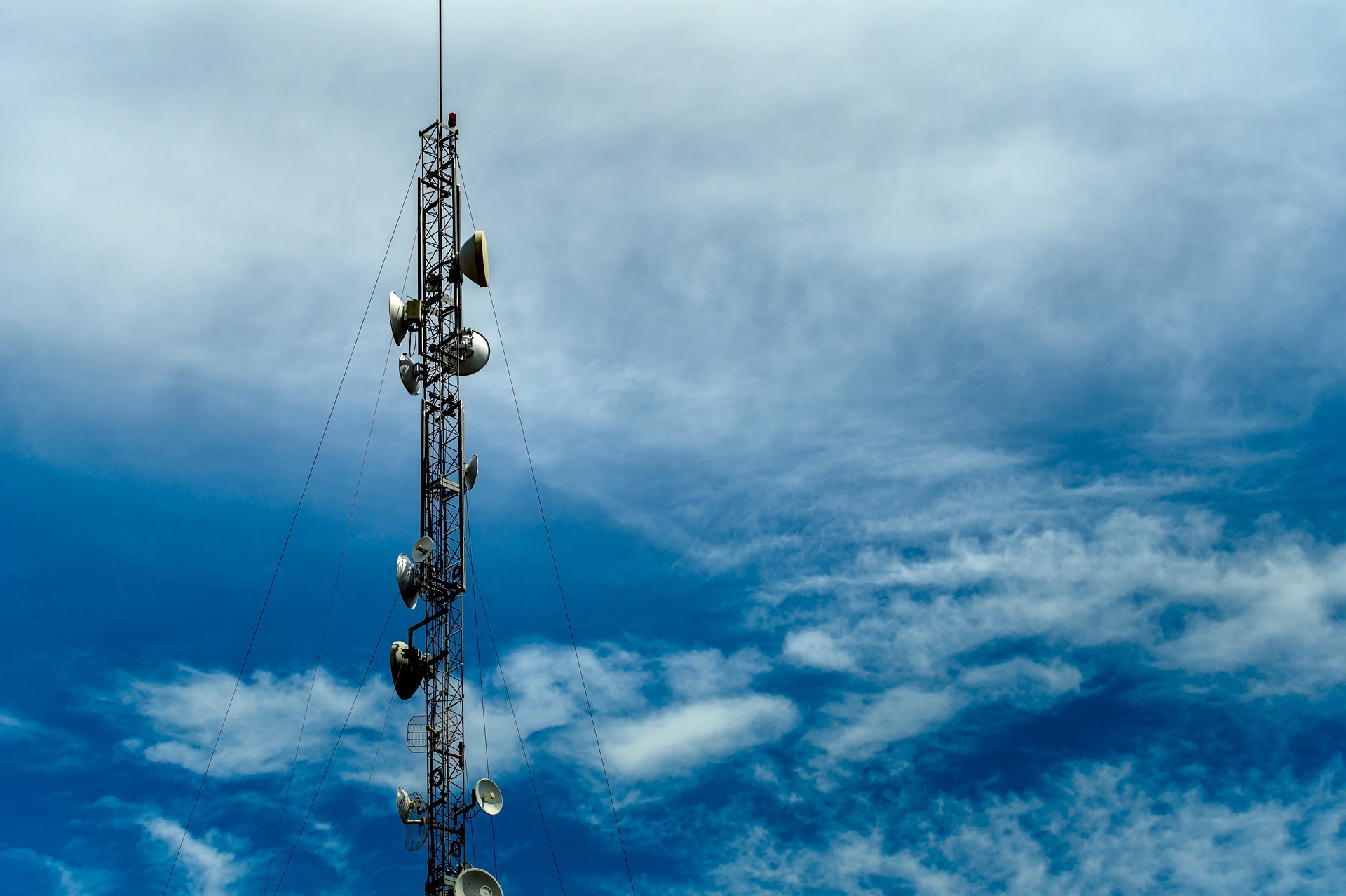Early Warnings in the Heatwave Mine: Telecom at Risk

Extreme heat waves are threatening telecom infrastructure globally, necessitating innovative solutions for enhanced climate resilience.
The world is facing worsening heat waves, droughts, and wildfires. These climate events significantly impact productivity and increase damage to infrastructure, especially in the telecommunications sector. This sector, with more than USD 1.45 trillion spent on it worldwide by service providers, is particularly at risk.
In 2015, Perth, Western Australia, experienced the effects of extreme heat on its telecom infrastructure. A population of 1.96 million was affected when the cable providing Internet to Perth melted, and a data centre ceased functioning due to temperatures soaring to 44°C. The partial failure of air-conditioning systems forced a DSL Internet service provider to shut down its servers, disrupting email and corporate websites.
Similarly, in 2019, during ‘The Lucifer Heatwave,’ extreme heat impacted data centres across Europe. In France, record temperatures of 45.9°C strained cooling systems in data centres. As air conditioning struggled to maintain optimal temperatures, servers overheated, risking hardware malfunctions. Consequently, several cloud services and websites suffered outages, impacting businesses and users throughout the region. In 2022, Google and Oracle’s London-based data centres were forced offline when temperatures exceeded 40°C.
Extreme heat waves are pushing telecom infrastructure to its limits,
highlighting the urgent need for innovative cooling and resilience strategies
Challenges and Solutions
Overheated servers lead to data corruption and system failures, disrupting critical services that rely on uninterrupted connectivity. The metals in cables tend to degrade in extreme heat through softening, expansion, and sagging. Batteries are also affected by current leaks. Extreme heat can result in fires, leading to data loss, corrupted files, and damaged equipment.
To address these challenges, measures like technical designs, standards and codes, data sharing, and research can promote adaptation and contribute towards achieving sustainable development goals. Several organisations, such as CDRI and ITU are working to strengthen the telecom sector’s resilience against the risks posed by disasters and extreme climate change events through these measures.
Several actions are recommended to adapt to extreme heat waves. Creating heat preparedness plans, such as using cooling centres and adopting workplace heat stress standards, is essential. For example, data centres like EdgeCore and CoreSite combat extreme heat by leveraging local environmental conditions. They use solar power and a thermal-driven cooling process to reduce building temperatures.
Closed-loop cooling systems, such as hybrid cooling, reduce overheating in data centres by allowing external ventilation in cool weather and improving closed-loop cooling in hot weather. Companies like Tata Teleservices, Indus Towers, Reliance Jio, and Vodafone invest in energy efficiency programmes to minimise emissions and promote adaptability. These service providers incorporate heat-resistant equipment in their BTS sites, reducing the demand for air conditioning and enhancing resilience to rising temperatures.
Another strategy is reducing the urban heat island effect through cool pavements, energy-efficient architectural designs, and green roofs. Direct-to-chip or liquid cooling heat exchangers can continuously transfer heat from inside to outside telecom data centre buildings. Underwater data centres, like Microsoft’s Project Natick in the Pacific Ocean, control temperature using the consistently cool sea surface, although routine maintenance is challenging.
Companies like Deka Fahrenheit, Microtex, and RRC Power Solutions Limited have demonstrated increasing battery life. The Valve-Regulated Lead-Acid monobloc battery features a new case and covers plastic formulas, micro catalysts, TempX Additive formulas, and Corrosion Inhibitor Alloy to impede corrosion.
Harnessing renewable energy and real-time analytics is critical to protecting telecom
infrastructure from the escalating impacts of extreme heat
Selecting an appropriate temperature rating for cables can reduce the likelihood of failure in extreme heat conditions. Installing loose telecom cables in the summer can prevent cracking due to heat expansion and cold contraction. Optical fibre cables, which send light beams down thin glass strands instead of electrical signals, are not affected by high temperatures and can be an alternative to electric transmission cables.
Implementing real-time thermal analytics allows data centre operators to monitor temperature fluctuations and proactively address hotspots, preventing localized overheating. Distributed and micro data centres closer to end-users reduce the strain on individual facilities and help disperse heat more effectively. Harnessing renewable energy sources like solar power for data centre operations reduces environmental impact and alleviates the heat generated by traditional energy sources.
The rise in extreme heat events amplifies the vulnerability of data centres and other telecom assets and, consequently, the stability of our interconnected world. As our planet heats up, building resilience in telecommunications infrastructure is imperative to make it disaster and climate-resilient through innovative solutions.
By:
Dr Anshul Yadav, Advisor – Telecommunications at CDRI (USAID-Miyamoto Project)
Payal Bhatnagar, Senior Specialist – Communications, CDRI
First published in the Voice and Data Magazine – Issue August 2024
The views and opinions expressed in this blog are those of the authors and do not necessarily reflect those of the Coalition for Disaster Resilient Infrastructure (CDRI).




